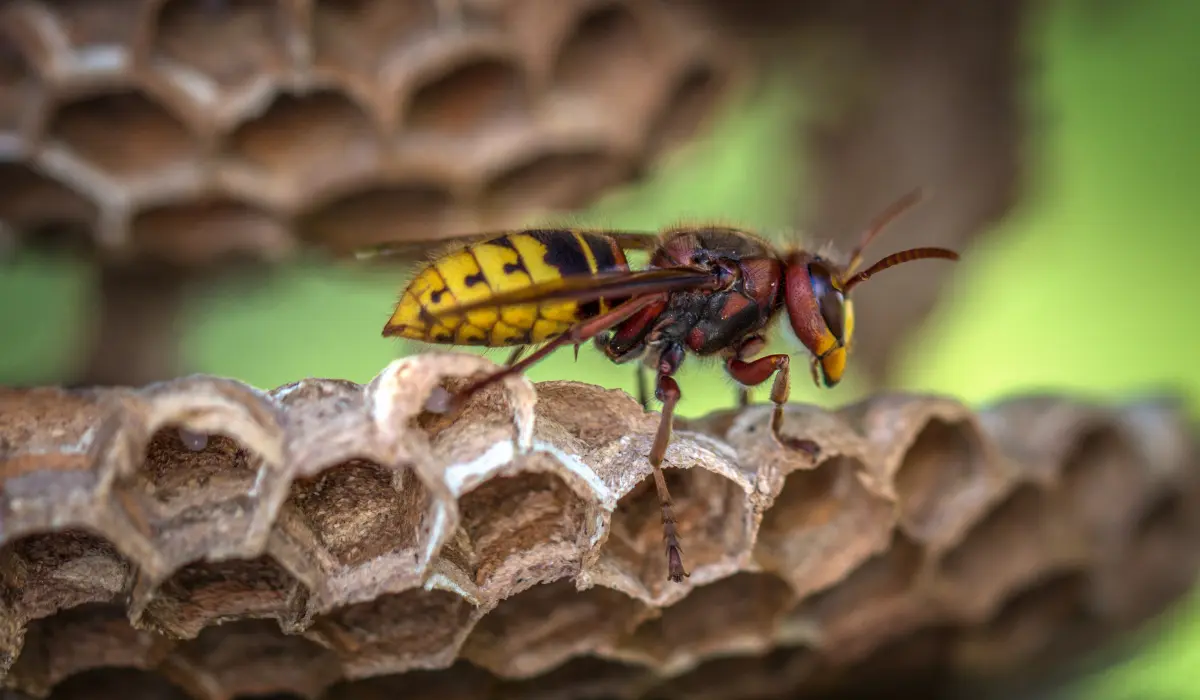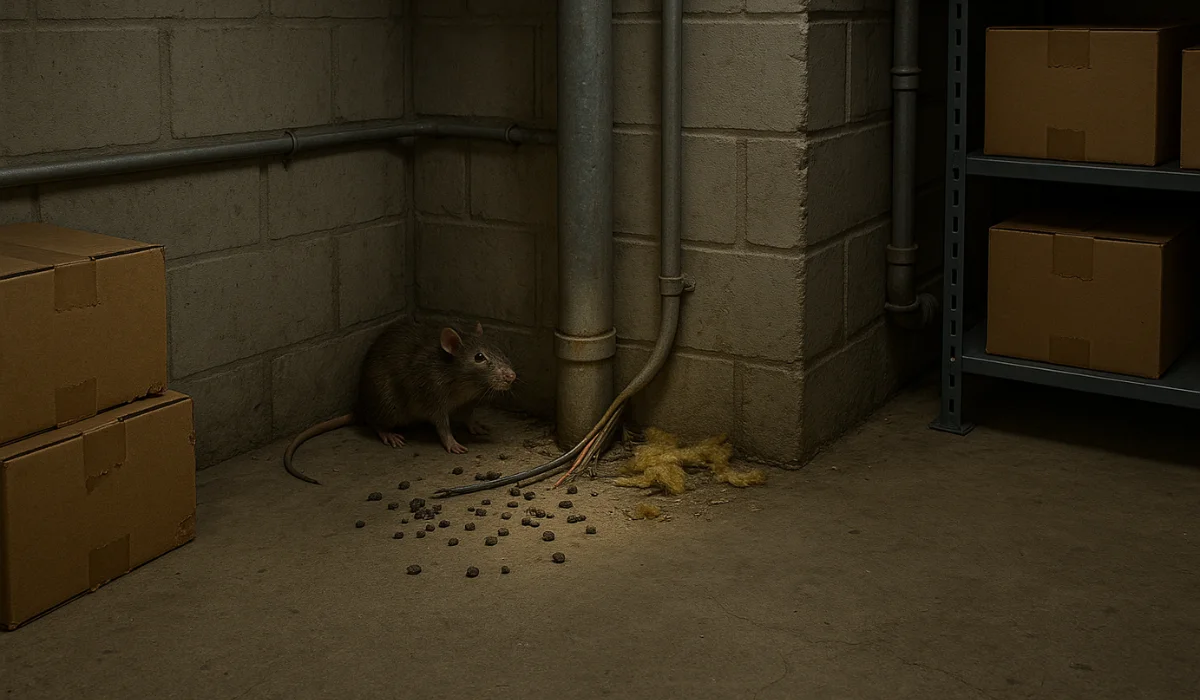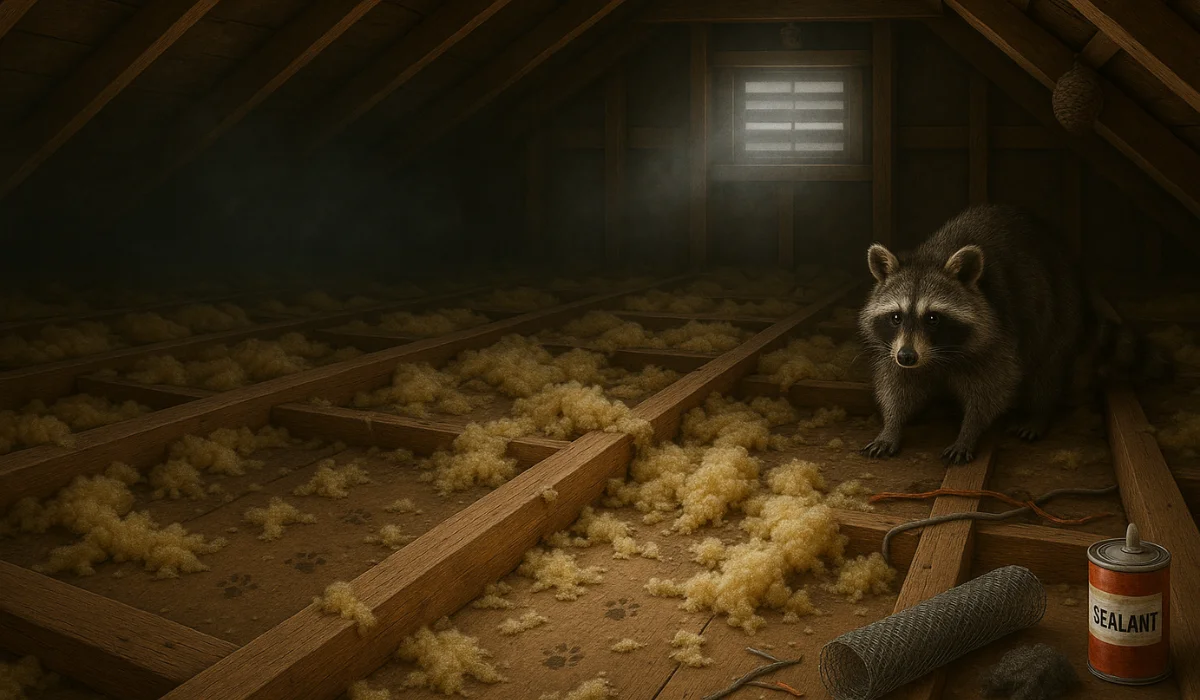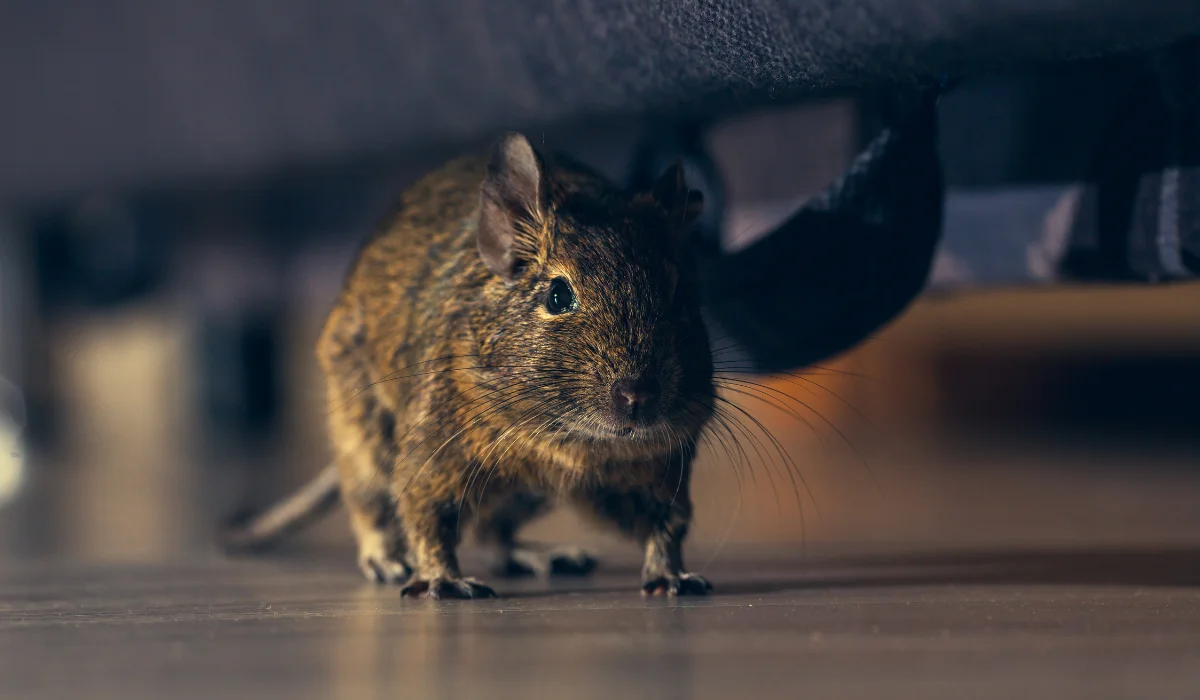In the heart of Southern Louisiana, where warm weather and thriving ecosystems go hand in hand, wasps and yellow jackets are common visitors. These stinging insects can quickly turn a pleasant day outdoors into an uncomfortable experience.
Knowing the differences between wasps and yellow jackets can help you protect your home and family while respecting their role in the ecosystem.
Key Takeaways
- Wasps and yellow jackets are similar insects but differ in appearance, nesting habits, and behavior.
- Wasps help the ecosystem by pollinating and controlling pests, while yellow jackets are aggressive and scavenge food.
- Regular inspections, sealing gaps, and reducing attractants are key to preventing nests near your home.
- Professional pest control ensures safe nest removal and protects your home from stinging insects.
WASPS VS. YELLOW JACKETS: KEY DIFFERENCES
Both wasps and yellow jackets belong to the Hymenoptera family, which also includes honey bees and ants. While they share similarities, their differences lie in appearance, nesting habits, and behavior.
| Wasps | Yellow Jackets | |
|---|---|---|
| Appearance | Slim bodies, long legs, and smooth skin; colors range from yellow to red and black, depending on the species. | Compact, bright yellow with black markings; shorter legs and robust bodies. |
| Nest Locations | Found under eaves, in attics, or on tree branches. Paper wasps create umbrella-shaped wasp nests that dangle, while solitary wasps may burrow in soil or create mud nests. | Often built in wall voids, ground-nesting, or in shrubs. Yellowjacket nests are enclosed and made of a paper-like material. |
| Behavior | Less aggressive unless provoked; feed on caterpillars, nectar, and other insects. | Highly aggressive, especially in late summer; scavengers that consume human food, sweets, and insects. |
Wasps
Wasps are a broad category of insects that includes species like:
| Paper wasps | 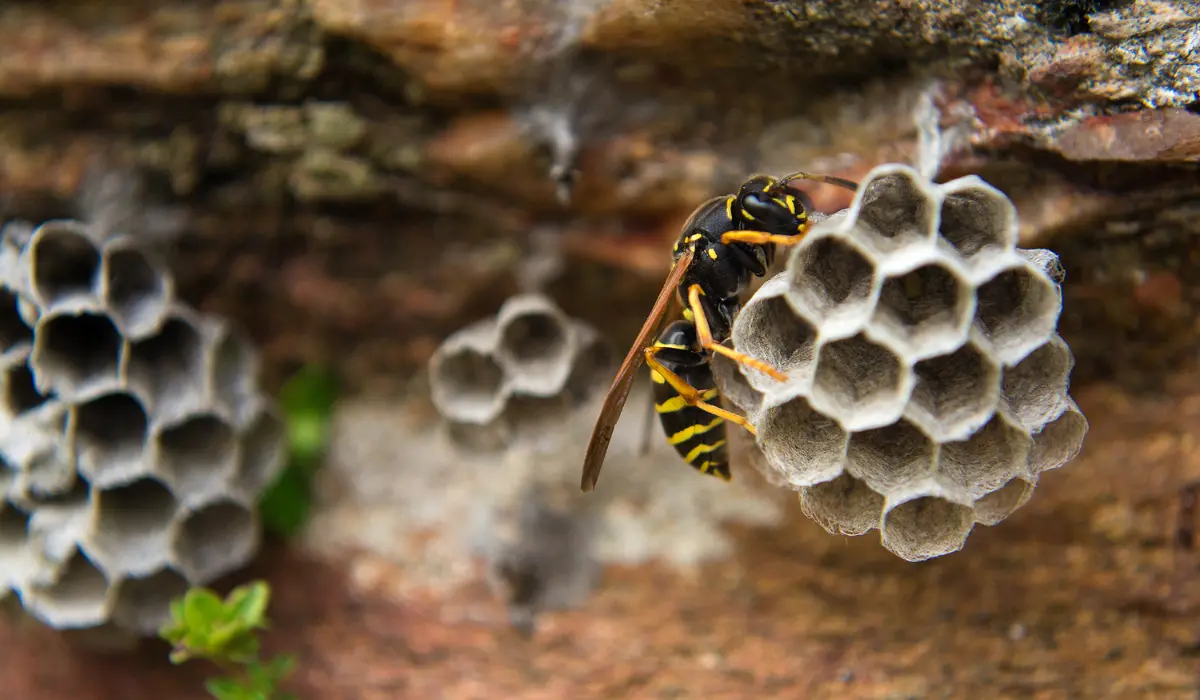 |
| Bald-faced hornets | 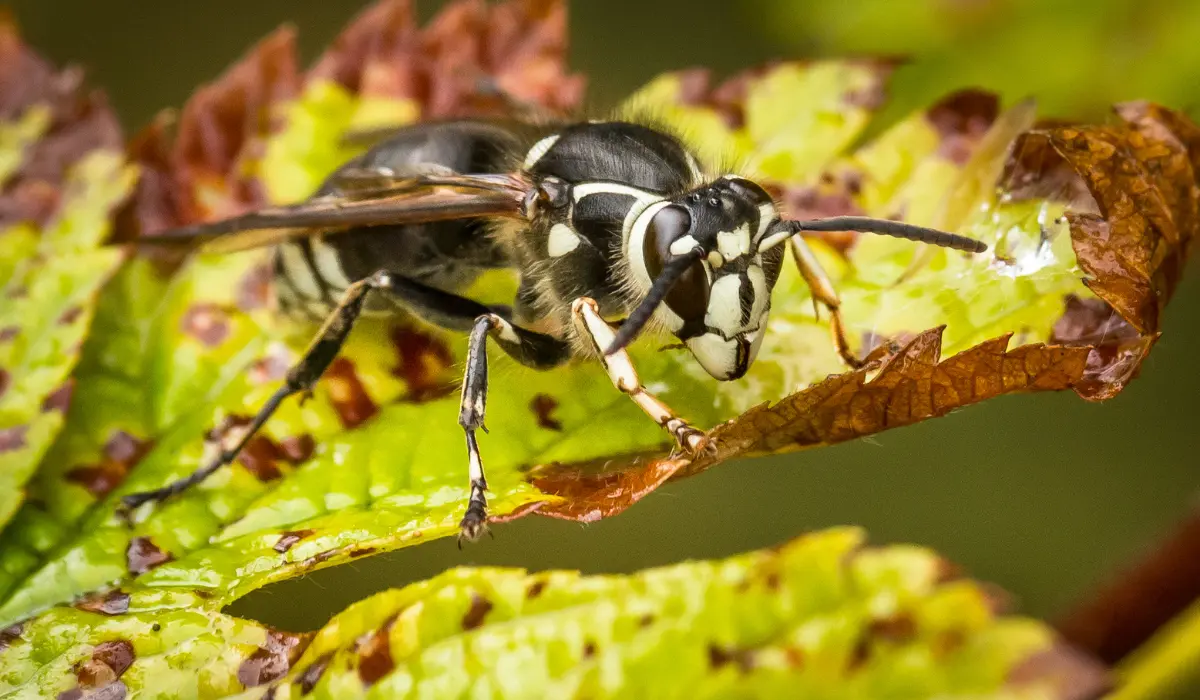 |
| European hornets | 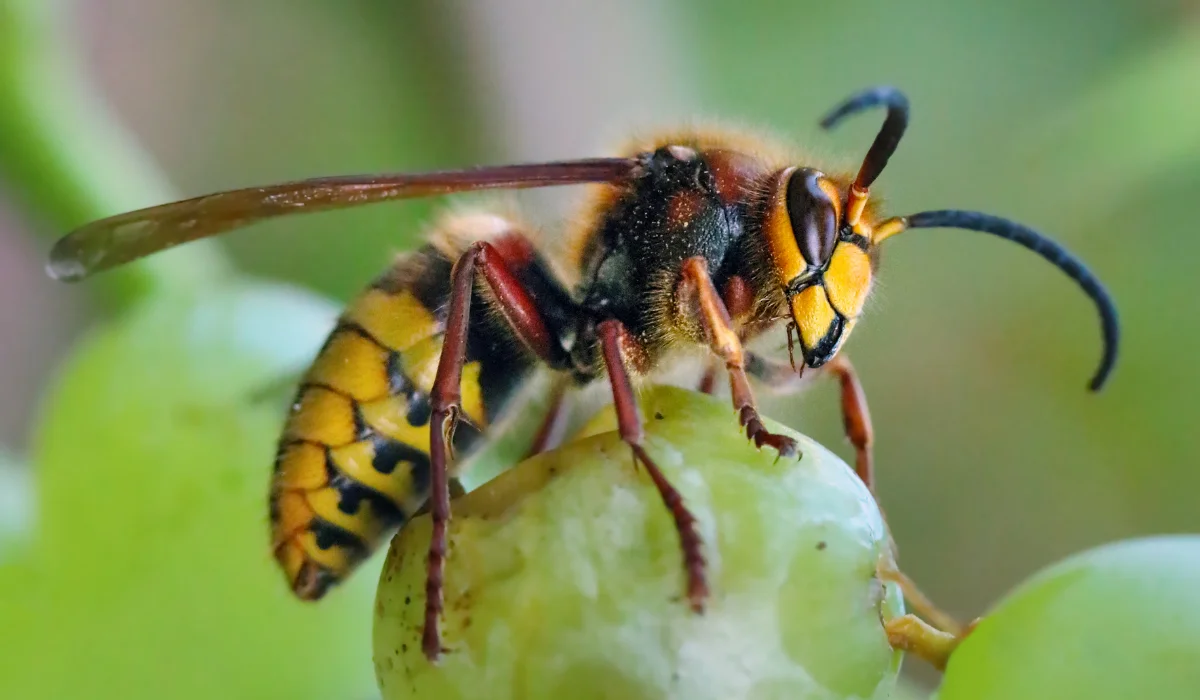 |
Some are social wasps that live in colonies, while others, like solitary wasps, live and hunt alone.
They are important pollinators and pest controllers. They hunt harmful insects, such as caterpillars, which can damage gardens and crops. Their predatory behavior helps maintain a healthy balance in the ecosystem.
While they generally avoid confrontation, they may use their stingers to attack if their nest is threatened. They can deliver painful stings and may cause hives or severe allergic reactions in some individuals.
Yellow Jackets
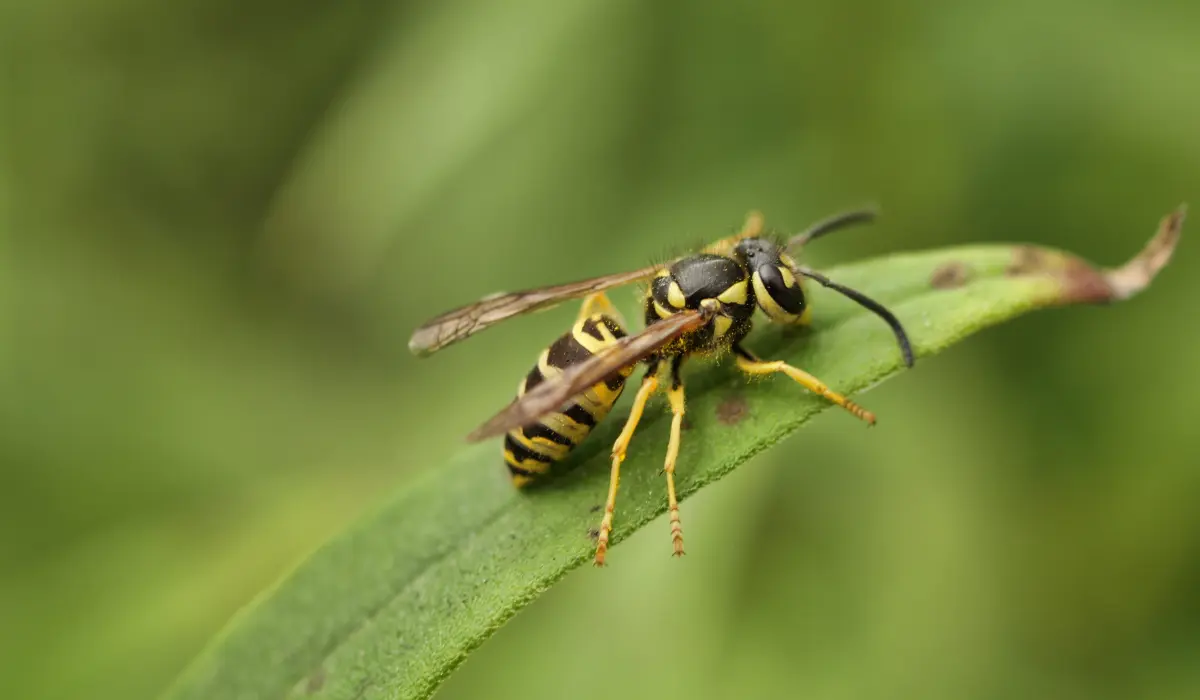
Yellow jackets are a type of social wasp, known for their bright yellow and black markings. They belong to the genera Vespula and Dolichovespula. Common species of wasp in the South include the eastern yellowjacket (Vespula maculifrons).
Although often confused with the European paper wasp (Polistes dominula), yellow jackets behave differently.
PROTECTING YOUR HOME FROM WASPS AND YELLOW JACKETS
Preventing these insects from establishing nests near your home is crucial for safety and comfort. Here’s how you can reduce their presence:
- Inspect for Early Signs: Regularly check eaves, attics, and overhangs for signs of wasp nests or yellowjacket nests. Early detection allows for quicker and safer removal.
- Seal Entry Points: Close off gaps in wall voids and cracks in siding to prevent them from nesting in or around your home.
- Minimize Attractants: Remove food sources, sugary drinks, and debris that could attract wasps and yellow jackets.
- Consult Pest Control Experts: Removing an active nest on your own can be dangerous. Professional exterminators have the tools and expertise to handle infestations safely.
WHY CHOOSE PROFESSIONAL PEST CONTROL
At LaJaunie’s Pest Control, we understand the challenges homeowners face when dealing with stinging insects. Our team specializes in removing hornet nests, wasp nests, and yellowjacket nests while ensuring your property remains safe and pest-free.
Have a wasp or yellow jacket problem? Contact us today for expert pest management and solutions tailored to your needs.
 By: LaJaunie's Pest Control
By: LaJaunie's Pest Control 